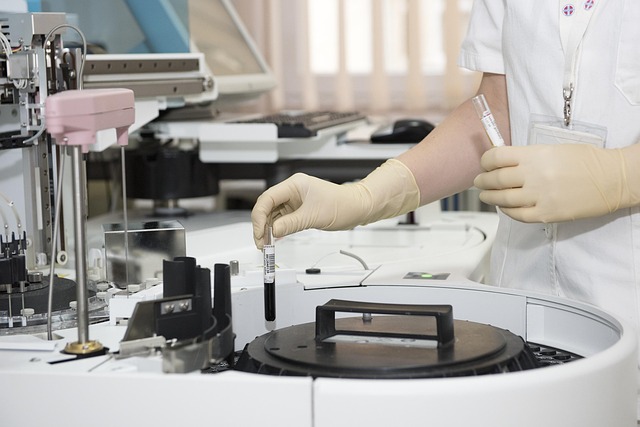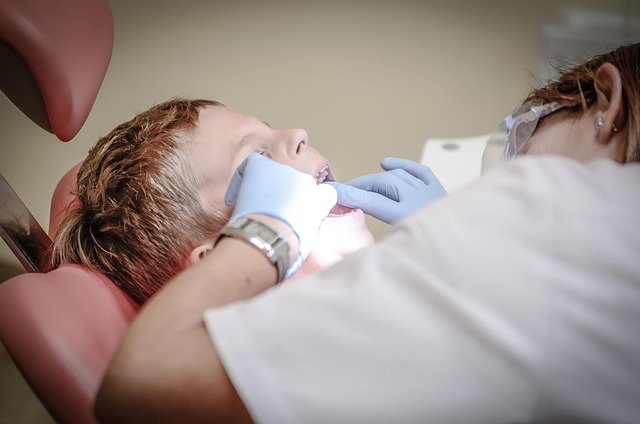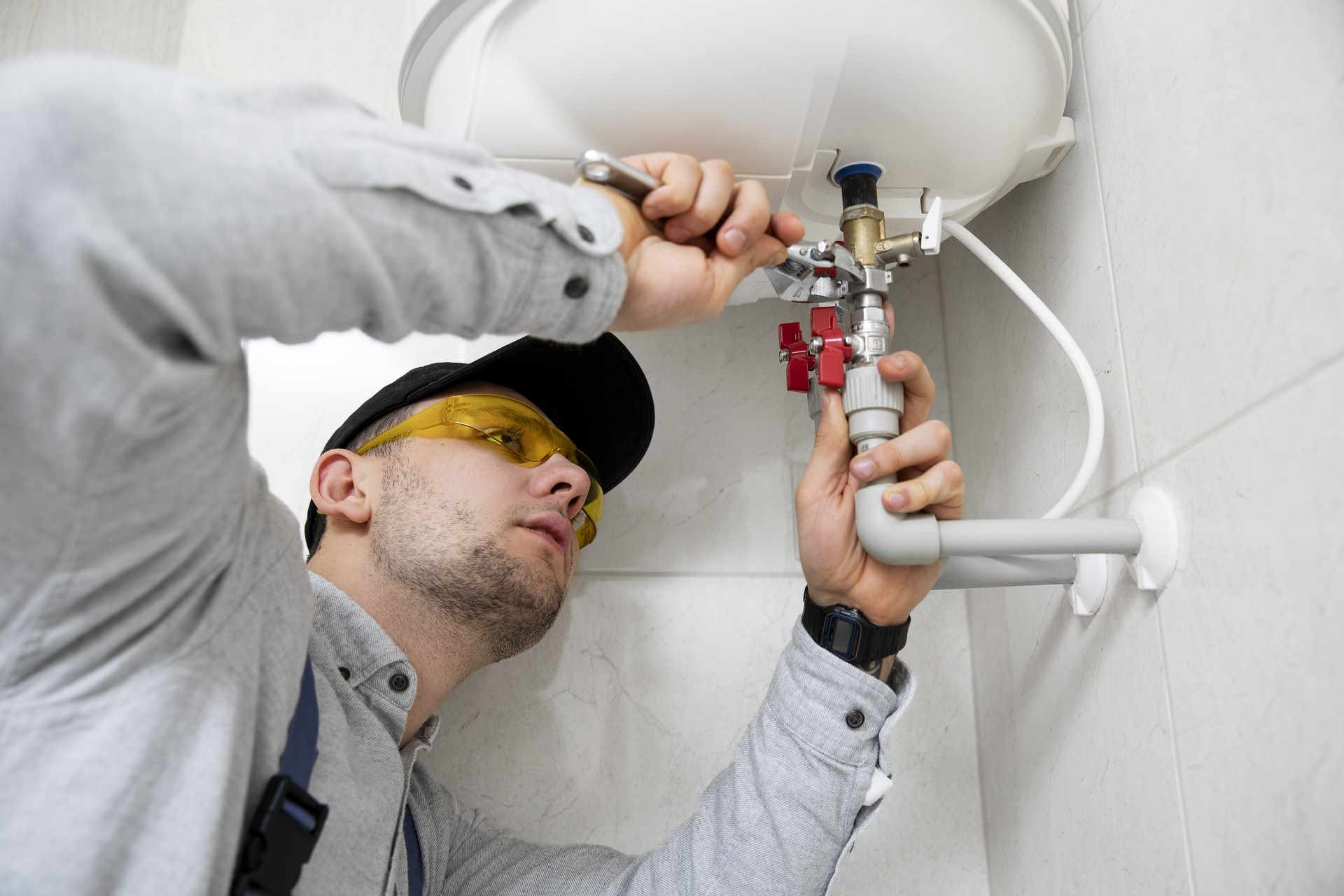Best Antibody Detection Kits for Research Labs – and Why Choosing the Right One Matters
Selecting the right antibody detection kit is critical for research labs, as it directly influences the accuracy, reliability, and reproducibility of experimental results. With a wide range of kits available, choosing the best option ensures not only consistent data but also saves valuable time and resources. In this article, we explore the top antibody detection kits for research labs and highlight why selecting the right one truly matters.

Key Factors to Consider When Choosing an Antibody Detection Kit
Selecting the right antibody detection kit requires careful evaluation of several technical specifications. Sensitivity levels determine the minimum detectable concentration of target antibodies, which varies significantly between different kit types. Specificity ensures accurate identification of target antibodies without cross-reactivity with similar proteins. Sample compatibility affects which biological specimens can be analyzed, including serum, plasma, tissue samples, or cell culture supernatants.
Detection methods also play a crucial role in kit selection. Enzyme-linked immunosorbent assays (ELISA) offer quantitative results with high throughput capabilities, while Western blot techniques provide detailed protein analysis. Flow cytometry-based kits enable single-cell analysis, and multiplex assays allow simultaneous detection of multiple targets.
Top Antibody Detection Kits for Research Labs
Leading manufacturers produce detection kits with varying performance characteristics suited for different research applications. Direct detection kits offer simplified protocols with fewer steps, reducing potential sources of error and saving processing time. Indirect detection systems provide signal amplification, increasing sensitivity for detecting low-abundance targets.
Sandwich ELISA kits demonstrate excellent specificity and quantitative accuracy for soluble antigens. Competitive ELISA formats work effectively for small molecules and haptens. Chemiluminescent detection systems offer superior sensitivity compared to colorimetric methods, while fluorescent detection enables real-time monitoring and multiplexing capabilities.
Kit formats range from 96-well plates for standard throughput to 384-well formats for high-throughput screening. Some manufacturers provide flexible formats allowing researchers to customize assay conditions based on specific experimental requirements.
Why the Right Choice Matters for Reliable Research
Accurate antibody detection forms the foundation of numerous research applications, including biomarker discovery, drug development, and disease diagnosis studies. Inappropriate kit selection can lead to false positive or negative results, compromising research validity and potentially affecting publication outcomes.
Reproducibility across different laboratories depends heavily on standardized detection methods and consistent kit performance. Quality control measures, including positive and negative controls, calibration standards, and validation protocols, ensure reliable results across experimental batches.
Regulatory compliance considerations become particularly important for research intended for clinical applications or pharmaceutical development. Kits meeting specific quality standards and documentation requirements facilitate smoother transition from research to clinical implementation.
| Kit Type | Manufacturer | Key Features | Price Range (USD) |
|---|---|---|---|
| ELISA Sandwich Kit | Thermo Fisher Scientific | High sensitivity, 96-well format | $200-400 |
| Multiplex Bead Array | Bio-Rad Laboratories | Multiple target detection | $300-600 |
| Western Blot Kit | Cell Signaling Technology | Complete workflow solution | $150-300 |
| Flow Cytometry Panel | BD Biosciences | Single-cell analysis | $250-500 |
| Chemiluminescent ELISA | R&D Systems | Enhanced sensitivity | $180-350 |
Prices, rates, or cost estimates mentioned in this article are based on the latest available information but may change over time. Independent research is advised before making financial decisions.
Implementation and Quality Assurance
Successful implementation requires proper laboratory infrastructure, including appropriate instrumentation, storage facilities, and trained personnel. Temperature-controlled storage maintains kit stability and ensures consistent performance throughout the shelf life period.
Validation protocols should include precision testing, accuracy assessment, and interference studies. Documentation of validation results supports regulatory compliance and provides evidence of method reliability for publication purposes.
Ongoing quality control monitoring includes regular calibration of instruments, participation in proficiency testing programs, and maintenance of detailed records. These practices ensure continued accuracy and reliability of detection results over time.
The investment in high-quality antibody detection kits ultimately supports research integrity and scientific advancement. Careful consideration of technical requirements, budget constraints, and long-term research goals enables laboratories to select detection systems that deliver reliable, reproducible results essential for meaningful scientific discoveries.
This article is for informational purposes only and should not be considered medical advice. Please consult a qualified healthcare professional for personalized guidance and treatment.




